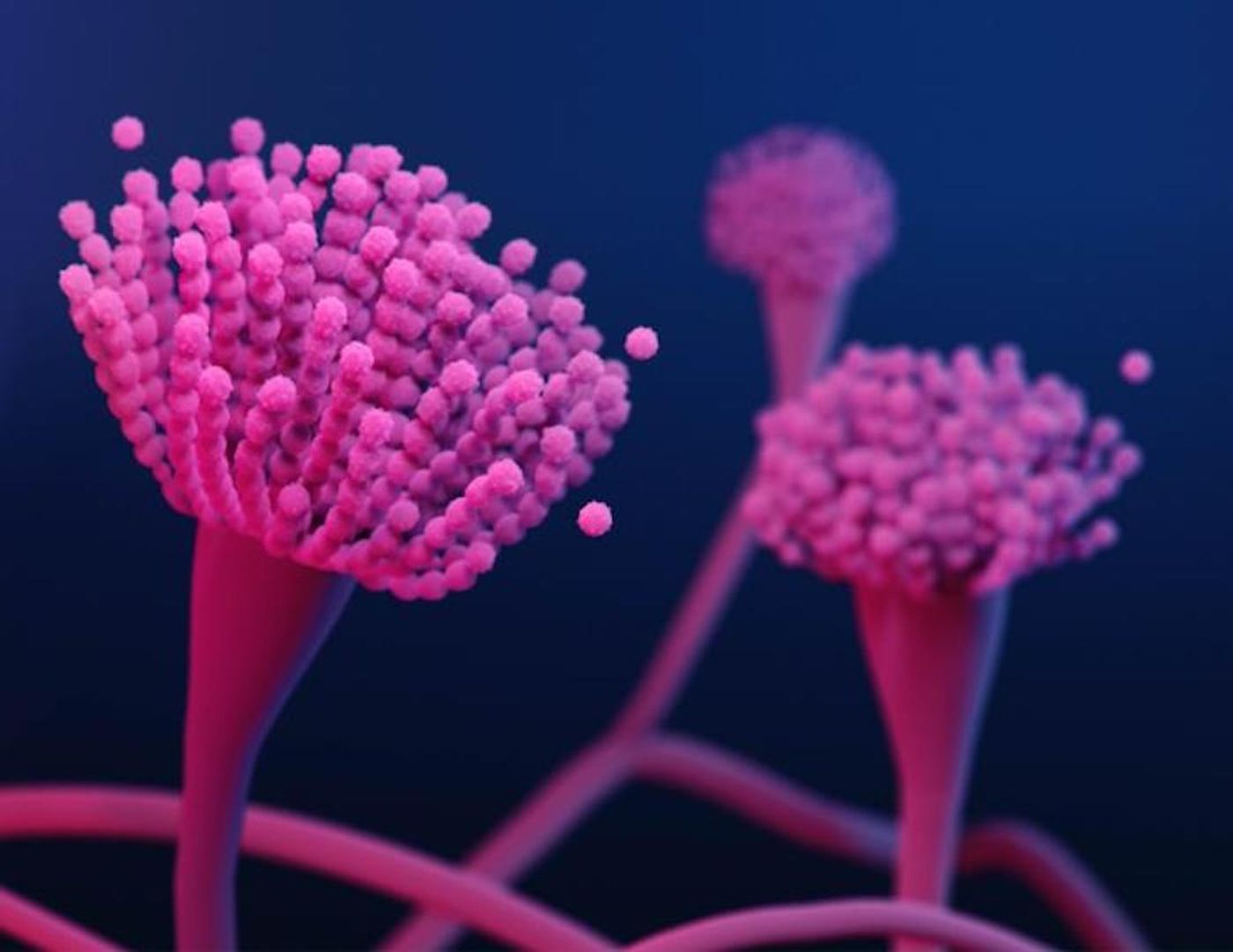Drug-Resistant Fungi Thrive Even in Remote Regions
Fungi are microbes that can have crucial roles in the environment; they are essential to plant growth, and help break down and recycle dead organisms, for example. Fungi seem to grow in many different environments, and common fungi can be found in many places including forest floors, dry sand, tundra, and the ocean. Studies have shown that climate has a major influence on where fungi can grow. Now researchers have found that seven percent of the Aspergillus fumigatus samples gathered from a remote region in Yunnan, China were resistant to antifungal drugs. The findings have been reported in mSphere.
The fungi were collected from an area known as the Three Parallel Rivers, which sits 6,000 meters (almost 20,000 feet) above sea level. The three rivers that are located there are separated by the tall mountains of the Eastern Himalayas. The researchers collected 358 strains of A. fumigatus strains from nineteen sites along the rivers. The fungi were then isolated and genetically analyzed, which showed that about 7 percent carried genes that gave them resistance to common antifungal drugs.
The Three Parallel Rivers is a place that doesn't have many people but does have plenty of glaciers. There is little development in this region, so the researchers were surprised to reveal so many drug-resistant strains of A. fumigatus living there.
“Seven percent may seem like only a small number, but these drug-resistant strains are capable of propagating very quickly and taking over local and regional populations of this species,” noted study leader Jianping Xu, a professor of biology at McMaster University.
The study authors suggested that more monitoring should be done so that people have an idea of what kinds of drug resistance might exist in the environment across diverse geographic areas.
Previous work by this team has shown that many samples of A. fumigatus are drug-resistant. Their work revealed that about 80 percent of fungi collected from Yunnan greenhouses were drug-resistant. Another report found that 15 percent of fungi collected from Yunnan fields, forests, and lake sediments also carried drug resistance genes.
Since there are significantly higher levels of resistance in the greenhouses, the study authors suggested that samples of drug-resistant A. fumigatus found in remote regions probably originated in other settings, and moved through spores to other areas. Xu is concerned about the impact that mobile, drug-resistant spores could have. Fungal spores are not like viruses, either, and they can easily spread on their own without any host for a very long time.
This is a fungus that is, "around us all the time,” he said. “It is estimated that we all inhale hundreds of spores of this species every day. The fungus doesn’t always cause health problems, but it's estimated that three to four million people experience adverse symptoms because of A. fumigatus every year.
Although many people are able to eliminate this fungi without an issue, it can lead to serious and even life-threatening infections in some people. “It can be very dangerous; it can lead to lung removal or even death. And now, increasingly, many of these infections will be impacted by drug resistance,” Xu added.
Sources: McMaster University, mSphere









